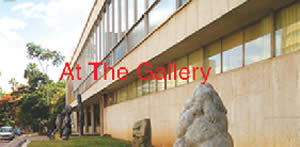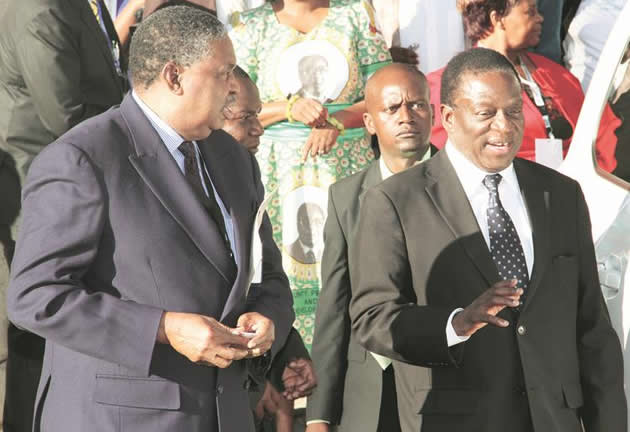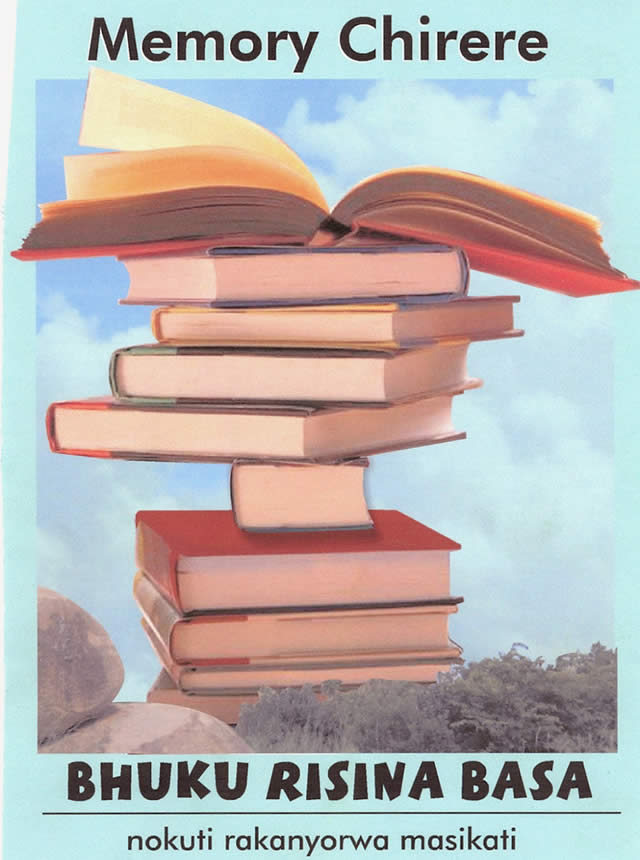The Strengths of religious sculpture

Ours is a time when faith is the most concentric system base in society and the prevalence of pastors, prophets and spiritual leaders is at an all time high. The word is delivered by means not seen in any era before and against the odds of criticism and libels of controversy, the contemporary man of the cloth is viewed either as a hero or a villain in the public eye. However, public opinion leans is of no importance to the holy man as he is on a mission, the artist finds himself in a similar position with the extremes of either attaining wealth and fame or falling into poverty and infamy.
With the case of Washington Msonza, not all preachers are meant to preach as Moses led his people by signs whilst Aaron was his, or God’s voice to be precise, Msonza preaches the word of God through his sculptures. The National Gallery of Zimbabwe sat down with Msonza to talk about his religion-centred work.
National Gallery (NG): After consideration, your work is predominantly centred on the Krippe (German word for sculptural representations of Joseph, Mary and Jesus) or crèche theme. What is your reason for using the nativity scene as a central device to most of your work?
Washington Msonza (WM): I view it as another means to spread the word of God. I decided to use art as it is a silent and language which can only be understood when someone is near the work of art. The work is able to express itself in a manner that is easily suggestive to the viewer as it is clearly the Holy Family or announces some sort of Trinity theme. I use these iconic images in order to appeal directly to the viewer because they already know it regardless of their race or location.
NG: Considering this is a Judeo-Christian theme, are you not afraid that your work will not appeal to a greater amount of people?
WM: It is a popular theme as it also conveys the Family structure. My work is exhibited in Churches and even though I stick to the Creche theme I also do abstract forms which broaden my work’s appeal.
NG: Where do you often exhibit your works?
WM: In galleries, sculpture parks and public spaces. Currently some of my work is showing at the Loyola University Museum of Art in Chicago in the United States of America, The exhibition is entitled “Swaddled in Stone: Shona Sculptures of the Holy Family”. The sculptures on display there are from Hans Hubert, my promoter’s collection and the exhibition is set to end on the 4th of January 2015. Aside from that I have work in various collections in Europe, particularly Matombo Gallery in Germany and Little Zimbabwe Gallery in Austria. I also have work which is permanently in churches in Europe and America.
NG: Are there any of your works in Zimbabwean churches?
WM: No. I think churches have not caught on to having art in their chapels. The Catholic Church seems to be the only one which has a strong tradition of putting artwork in and around their spaces. With Zimbabwe, the congregants are after the message so wherever they see my sculptures, I have confidence that they will still understand the message I am trying to spread.
NG: We understand you recently worked on a six metre-tall sculpture in China. Was it a Creche piece and how did the public respond to it?
WM: It was not a Creche scene as I worked on a universal theme for this symposium. The work is entitled “Generations of Love” and it depicts an angel protecting two lovers.
NG: You present a bit of religion through the angel, yes?
WM: Yes indeed, Love has to have some sort of divine guidance in order for it to succeed and grow. The work is on display at the Ping Tang International Public Sculpture Exhibition’s park. As there is a small Christian population in China, I choose to use my work to express my beliefs because at the Triumphal Entry Jesus Christ said “”I tell you, if they keep quiet, the stones will cry out.” (Luke 19:40).
NG: So you let the work speak for itself in any circumstance?
WM: Of course, I believe that communication continues between the artwork and the viewer. I get the inspiration to do more from this dynamic. In order to make a good sculpture there must be communication between the sculptor and the stone. The sculptor envisages the final piece before even handling the chisel. This is why an effort must be made by the viewer to see what the stone is and what it means as the artist will have executed the first part of the dialogue.
NG: Who inspired you to start sculpting?
WM: My brother-in-law Albert Mamvura and Locadia Ndandarika. I served Mamvura as an assistant and in 1990 I proceeded to start carving on my own.
I then met Hans Hubert and Roy Guthrie and from then on I started learning more and abandoned my teacher’s style as it was being over-exhausted.










Comments